Popular knowledge suggests that hate is learned, like writing or reading. So who is the most effective teacher, and what happens when professors and teachers invite hate groups like the Ku Klux Klan, neo-Nazis and the Westboro Baptist Church into the classroom?
The answer, of course, isn’t simple. An engrossing piece from the Washington Times’ Tim Devaney describes the rise of this teaching tactic in some schools.
Randy Blazak, a sociology professor at Portland State University in Oregon, told Devaney that he brings neo-Nazis into class because they humanize a hatred so extreme that students often consider it separate from humanity’s capacity -- like a relic of some past time that’s carried to this day by people who no longer understand it. This lesson is a big day in a syllabus that considers the role of extremism in broader society.
“It’s a good idea to know what’s out there,” Blazak said. “They’re not monsters. They’re human beings, wrestling with their own issues.”
It’s this passion that may scare students into grasping a lesson that otherwise wasn’t considered so close at hand.
“We can agree that Nazis are the bad guys in history, but how much are you like that Nazi in your biases?” Blazak said.
The teaching technique exposes a raw nerve in a country where students are suspended for eating a gun-shaped Pop-Tart, tweeting about a teacher’s car, writing about an attraction to a theoretical teacher in a creative writing assignment or simply trolling on YouTube.
A teacher was placed on administrative leave in 2010 when she allowed four students to dress in Ku Klux Klan costumes for a class presentation on American history. Students complained to their parents and a national scandal ensued. A similar story unfolded last year in Las Vegas, except that the teacher wasn't punished.
What do you think? Should teachers animate members of hate groups to show students up close an ugly dimension of human behavior? Or should schools create greater distance between their students and these ideas? Are students and schools mature enough to adopt such teaching methods into a larger curriculum?
